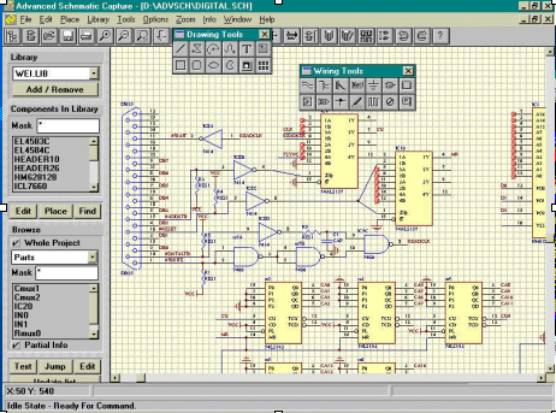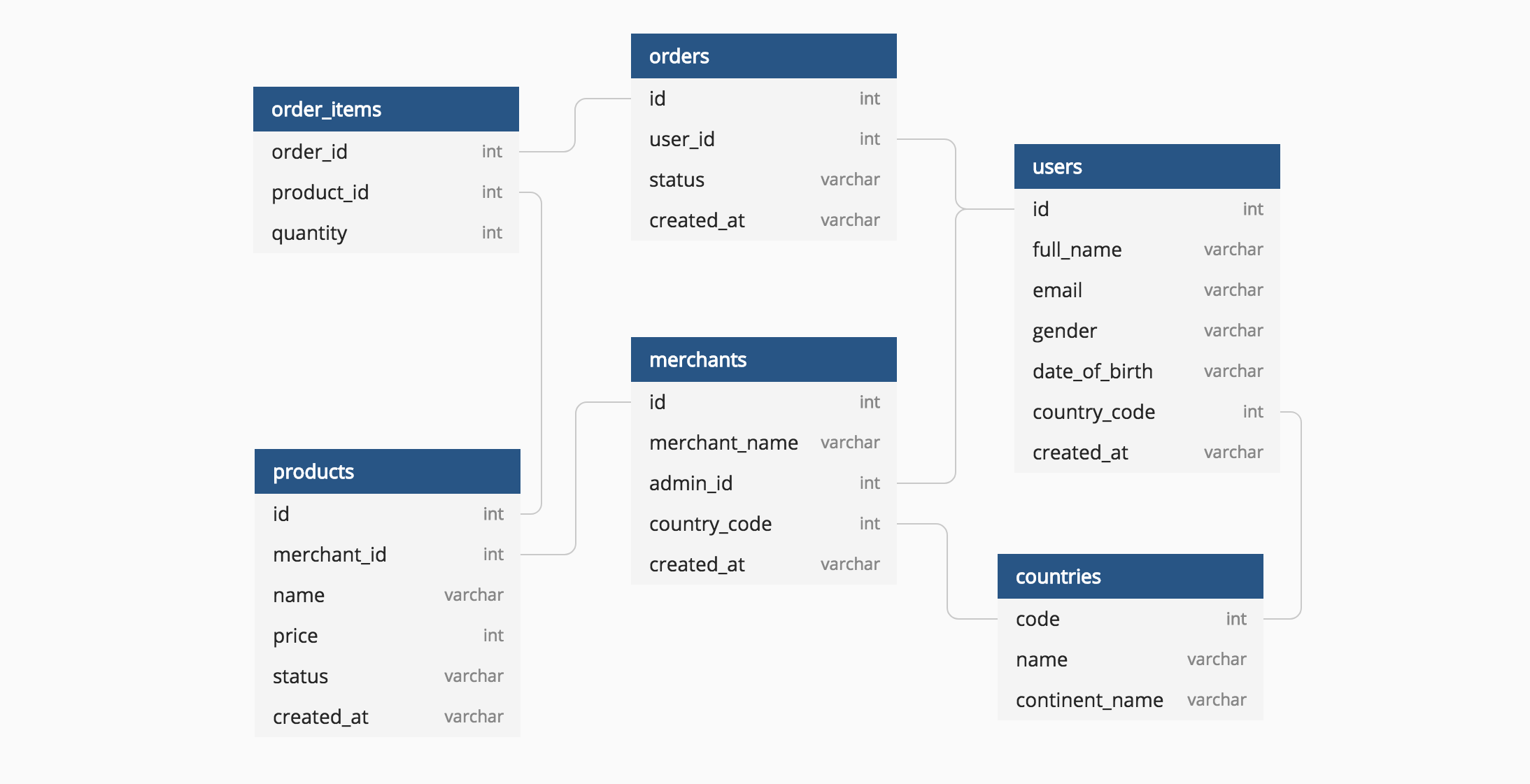

Each clause is diagrammed separately the verbs of the two clauses are joined by a dotted line which goes vertically, then horizontally with the conjunction written on the line, and then vertically again. Clauses Compound sentencesĬompound sentences are composed of two or more independent clauses connected by one or more coordinating conjunctions or semicolons. Prepositional phrases consist of two lines: the preposition itself is drawn just as an adjective or adverb would, hanging down below the antecedent, and the complement is drawn on a line protruding horizontally from a point near the bottom of the line. are drawn as multiple horizontal lines stacked vertically, joined at each end by a fan of diagonal lines the coordinating conjunction goes on a vertical line through the left ends of the horizontal lines. Prepositional phrases are also placed beneath the word they modify the preposition goes on a slanted line and the slanted line leads to a horizontal line on which the object of the preposition is placed.Ĭompound subjects, predicates, objects, etc.

Adjectives (including articles) and adverbs are placed on slanted lines below the word they modify. Modifiers of the subject, predicate, or object are placed below the base line. If the object is a predicate noun or adjective, the line looks like a backslash, \, sloping toward the subject.

If the object is a direct object, the line is vertical. The verb and its object, when present, are separated by a line that ends at the baseline. The predicate must contain a verb, and the verb either requires other sentence elements to complete the predicate, permits them to do so, or precludes them from doing so. The subject is written on the left, the predicate on the right, separated by a vertical bar which extends through the base. The diagram of a simple sentence begins with a horizontal line called the base. The diagram drives the pupil to a most searching examination of the sentence, brings him face to face with every difficulty, and compels a decision on every point. It is easier to avoid precision in oral analysis than in written. The assertion that correct diagrams can be made mechanically is not borne out by the facts. He thus learns what the literary order really is, and sees that this may be varied indefinitely, so long as the logical relations are kept clear. It is, on the contrary, a merit, for it teaches the pupil to look through the literary order and discover the logical order.

The Objections to the Diagram.-The fact that the pictorial diagram groups the parts of a sentence according to their offices and relations, and not in the order of speech, has been spoken of as a fault. Reed and Kellogg defend their system in the preface to their grammar: In the generative tradition, X-bar theory is considered to be a more accurate representation of the structures upon which the rules of natural-language syntax operate. Some schoolteachers continue to use the Reed-Kellogg system in teaching grammar, but others have discouraged it in favor of the tree diagram, which orders words differently. Modern linguistics does not use the Reed-Kellogg system. (For a discussion and description of Clark's balloon architecture, see Chapter 2 of Kitty Burns Florey’s book listed in Further Reading below.) Clark, who published his "balloon" method of depicting grammar in his 1847 book A Practical Grammar: In Which Words, Phrases & Sentences are Classified According to Their Offices and Their Various Relationships to Each Another. Reed and Kellogg were preceded by, and their work probably informed by, W. Most methods of diagramming are based on the work of Alonzo Reed and Brainerd Kellogg in their book Higher Lessons in English, first published in 1877, though the method has been updated with recent understanding of grammar. 4.2 Participles and participial phrases.


 0 kommentar(er)
0 kommentar(er)
